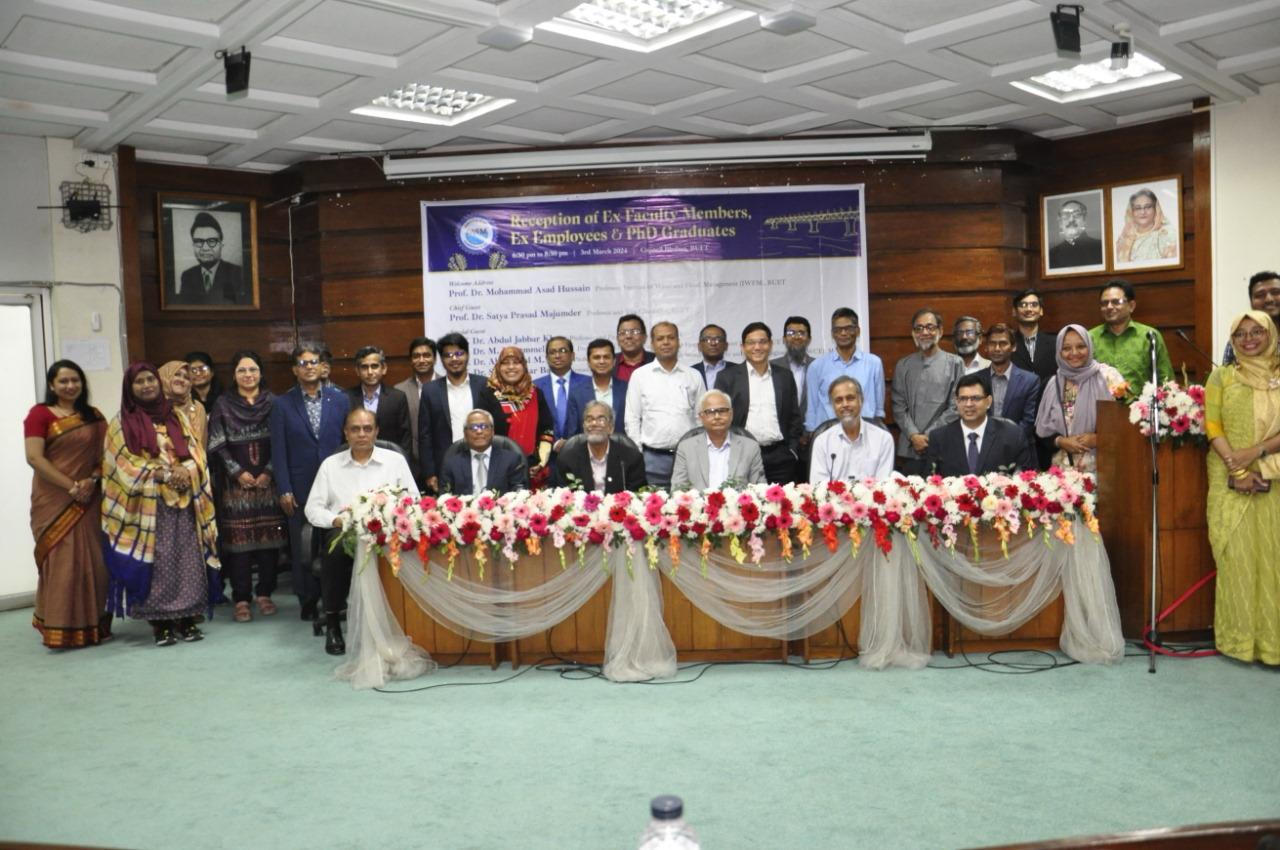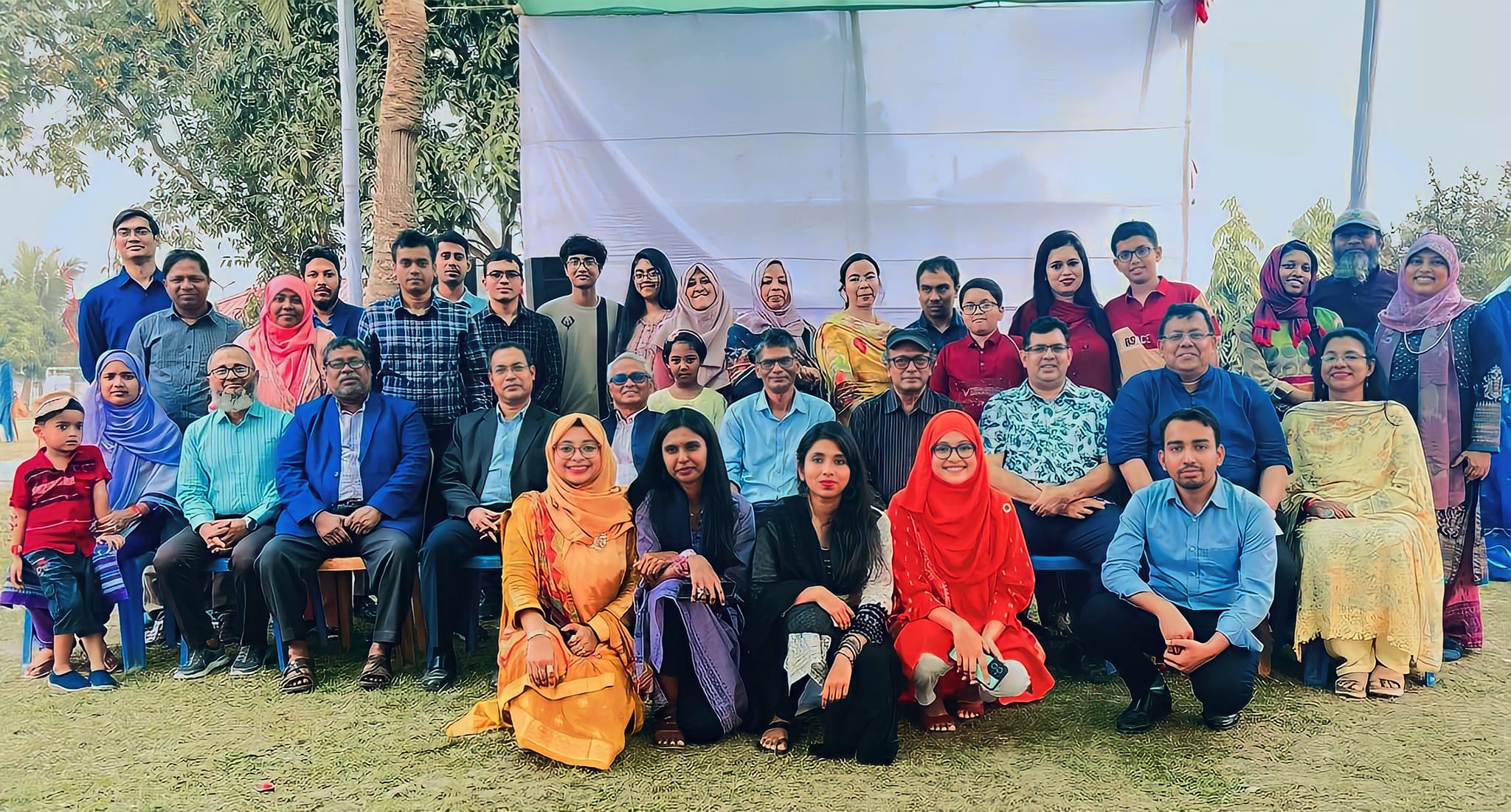SLIDER DETAILS
POST DESCRIPTION

Congratulations Prof. A.K.M. Saiful Islam on being selected as the Lead Author, IPCC
Short Description: Prof. A.K.M. Saiful Islam, IWFM, BUET, has been selected as a Lead Author, Seventh Assessment Cycle, Special Report on Climate Change and Cities, Intergovernmental Panel on Climate Change (IPCC)
Date: September 10, 2025
Prof. A.K.M. Saiful Islam, IWFM, BUET, has been selected as a Lead Author, Seventh Assessment Cycle, Special Report on Climate Change and Cities, Intergovernmental Panel on Climate Change (IPCC), 2025. This special report will be a part of IPCC’s seventh assessment cycle and aims to provide crucial insights into urban decision-making in the face of climate change.
Prof Islam is a leading climate experts of Bangladesh and has supervised students at the Master’s (24) and PhD (3) levels. He has co-authored some 235+ publications, including peer-reviewed journals (81+) and conferences (141+) and book chapters (13+). His publications have large citations (9685+) with a high h-index (38+) in Google Scholar. Over the past decade, Dr. Islam has led several major international scientific climate change assessments and the reports by the IPCC. He was the Lead Author on the IPCC’s Sixth Assessment Report for the Working Group I.
The IPCC is the United Nations body for assessing the science related to climate change and provides regular assessments of the scientific basis of climate change, its impacts and future risks, and options for adaptation and mitigation.
Learn more about the report here and join us in congratulating Prof. A.K.M. Saiful Islam on this accomplishment.



